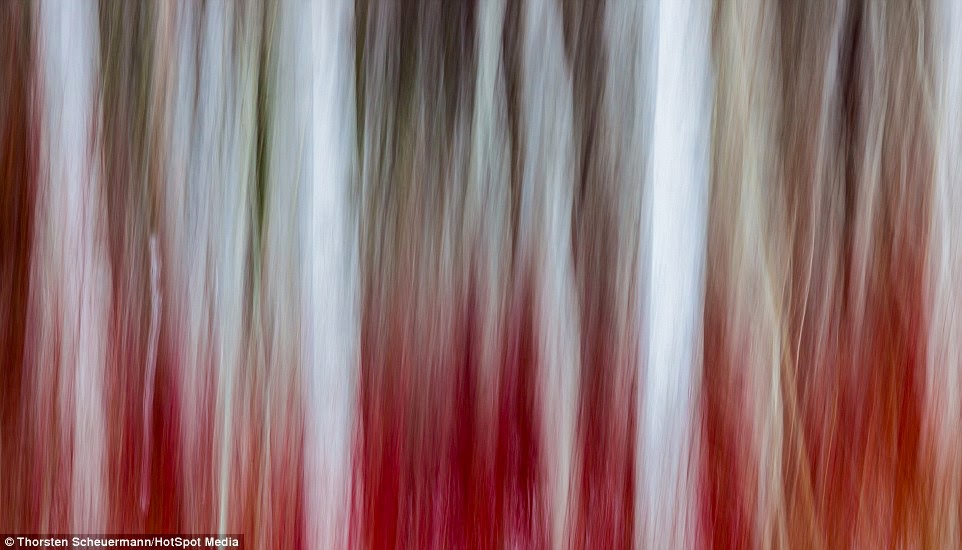Most butterflies have an English
name and all have a Latin one, their scientific label which is derived from the
“Binomial” system which was first used by Carl Linnaeus (Properly written Carl
Von Linne) in 1753, in his book Species Plantarum. This was the starting point
for scientific nomenclature for botanists, and the same happened for zoologists
when Linnaeus published the tenth edition of Systema Naturae in 1758. What made
him unique amongst scientists of his time was that he was a very systematic
worker being very through and orderly. Can you imagine the mess we would be in
today if Linnaeus had tried to impose a naming system on over a million
different animal species without it being rigorous and methodical?
The Latin name has at least two
parts and may well have extra names tacked on the end. Sometimes they translate
into meaningful phrase especially those named back in Linnaeus’s time. For
instance, the Small Blue is well known scientifically as Cupido minimus, which
translates as “little Cupid”. This is because it is a beautiful little insect,
deserving of such a name this is typical
of the period when scientists liked to put a little romance into their work in
this case it was described for science in 1775 by Fuessly.
When the species in question has
various subspecies an addition is made to the name, for instance when the
English form of the Old world Swallowtail, Latin name Papilio machaon, is
considered, it has the word britannicus added, so it becomes Papilio machaon
Britannicus. Notice also that the first letter of the Latin name is spelled
with a capital. This is the generic name, whereas the first letter of the
second the specific name and any others are lower case.
You will often also see a name
and possibly a date at the end of the Latin name such as “Linnaeus, 1758” this
is the Descriptor the person who first described the species for science, and
the date is when this information was first published. However, if the name and
date are placed in parentheses, it means that the species has been moved from
genus where it was first placed into another one. This may all sound a bit
complicated, but it’s scientific convention it also helps to clarify the
situation if someone else mistakenly uses the same Latin name for a different
species.
One of the many confusing aspects
of naming any plant or animal is that as we discover more and more about which
species are related to which, we have to reclassify them that is, we have to
take them out of the place where we formerly thought they belonged in the
“giant family tree of life,” and put them in what we hope is the right place.
This means that we have to change their Latin name. To make matters even more
confusing a single species may have many different common names, even in the
same country. For instance the Peacock butterfly formerly had the scientific
name Vanessa io. This then became Nymphalis io, and then Inachis io. But the
Peacock butterfly or Europe is a very different species from that called the
Peacock in the United States.








.jpg)










.jpg)















